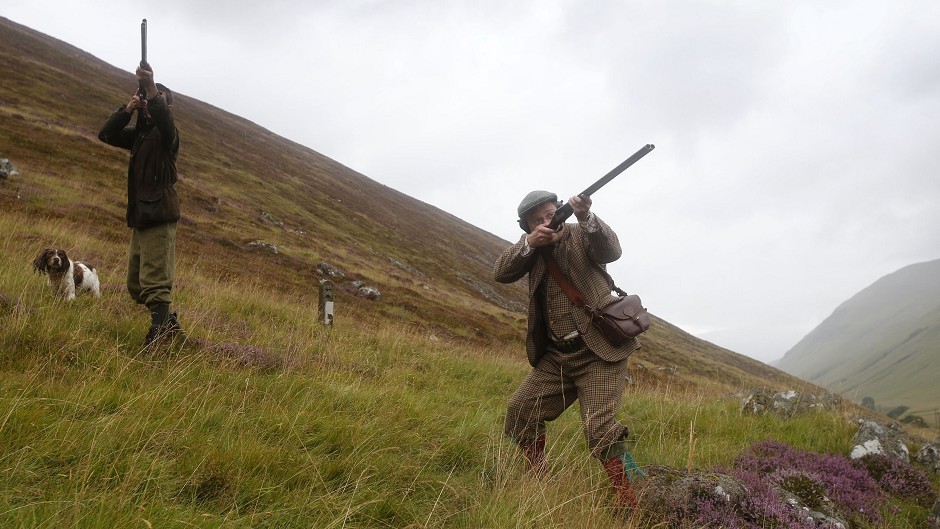Scotland’s rural economy has benefited from a “resilient” year for grouse shoots despite some estates suffering the impact of unfavourable weather on bird numbers, according to a new report.
The Gift of Grouse, an initiative launched by the Scottish Moorland Group last year to highlight the economic contribution of grouse moors, said the shoots continued to support rural hotels and accommodation providers last year.
This was despite a more volatile shooting season, when some estates did “remarkably well” but others suffered at the mercy of the Scottish weather.
In a good year, grouse shooting is estimated to contribute more than £40million to Scotland’s economy.
Shoots are believed to support about 2,640 full time jobs, paying £30.1million in wages, and 970,000 accommodation bed nights north of the border.
They are part of shooting and stalking business worth an estimated £200million annually.
Citing evidence from sporting agents and rural hotels, the Gift of Grouse said shooting days booked and occupancy rates in most parts of Scotland held firm during 2015.
But performance was patchy, with many estates having a disappointing season and cancelling shoots due to poor weather in the breeding season.
“Despite the rain and wind on the uplands of Scotland, investment and wages continued, thanks to the resolute interest in the sport and the resilience of the industry as a result of the hard work and commitment devoted to it, the report added.
Robert Rattray, partner at CKD Galbraith and head of the estate agency’s sporting lets department, said: “The industry endured a wide range of challenges in areas that cater for grouse shooting last year.
“However having looked at all evidence on the number of shooting days taken and the cancellations across the industry as a whole, it was clear the industry was more resilient than had been expected.
“Bookings remained healthy, which impacted positively on accommodation providers and local businesses.”
Mr Rattray said groups of shooters with partners and children typically numbered around 16-18 people staying for two to three nights, spending money locally at a time when business may otherwise be slow.
David Murray, owner of Whitebridge Hotel in Stratherrick near Loch Ness said: “To say we rely on the revenue generated by the grouse shooting season … would be somewhat of an understatement.
“There is no large-scale industry to support the villages and communities here. Our hotel benefits from the tourism generated by the nearby sporting estates such as Dell, Garrogie, Corriegarth and Dunmaglass, bringing vital customers to our hotel and restaurant, as well as to other local businesses.”
Jeremy Clayton, who recently converted an old farm steading into a shooting lodge on the Lower Dess Estate near Aboyne, Aberdeenshire, said: “The more people we attract to the moorlands, the more benefits it generates for the community as a whole.”
